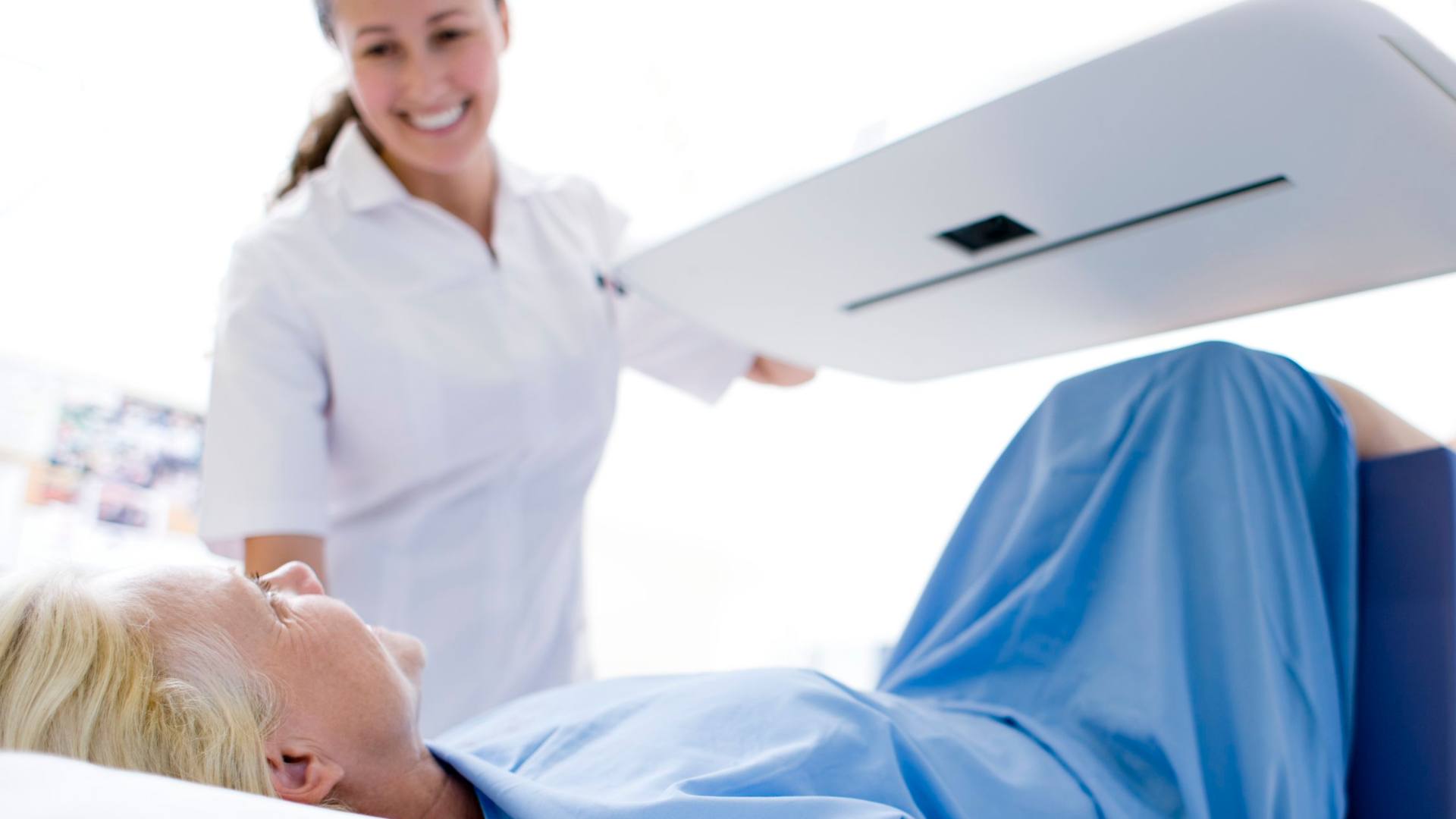Bone health is a critical aspect of overall wellness, yet it often doesn’t receive the attention it deserves until problems arise. With osteoporosis affecting millions worldwide, early detection and continuous monitoring are essential. Dexa Scans, or Dual-Energy X-Ray Absorptiometry, have revolutionized the way we assess bone density, offering precise and invaluable insights. In this article, we will explore the science behind Dexa Scan, their numerous benefits, and why they are a cornerstone in the field of bone health.
What Are Dexa Scans?
Definition and Basic Concept
Dexa Scans are specialized X-ray tests that measure bone mineral density (BMD). Unlike regular X-rays, Dexa Scans use two X-ray beams at different energy levels to create a detailed image of the bone. This method is highly accurate and can detect even minor changes in bone density.
History and Development of Dexa Technology
The development of Dexa technology began in the 1980s, building on earlier methods of bone density measurement. Over the years, advancements in technology have made Dexa Scans more precise and accessible, solidifying their role as the gold standard in bone health assessment.
Key Differences Between Dexa and Other Imaging Techniques
While MRI and CT scans provide detailed images of the body’s structures, Dexa Scans are specifically designed for measuring bone density. They are faster, involve less radiation, and are more cost-effective for this purpose, making them the preferred choice for diagnosing and monitoring osteoporosis.
How Dexa Scans Work
The Dual-Energy X-Ray Absorptiometry Process
Dexa Scans operate by emitting two X-ray beams at different energy levels. The machine measures the absorption of each beam by the bones, calculating bone mineral density based on the differential absorption. This process is quick, non-invasive, and typically takes less than 30 minutes.
Technological Innovations in Dexa Scanning
Recent advancements have significantly enhanced the capabilities of Dexa Scans. Modern machines now offer body composition analysis, measuring not only bone density but also fat and muscle mass. This comprehensive approach provides valuable data for overall health assessment and management.
The Physics Behind Bone Density Measurement
The accuracy of Dexa Scans lies in their ability to differentiate between bone and soft tissue. By analyzing the attenuation of X-ray beams, Dexa Scans provide precise measurements of bone mineral content, crucial for detecting and managing bone-related conditions.
Clinical Applications of Dexa Scans
Diagnosing Osteoporosis with Dexa
One of the primary uses of Dexa Scans is the early detection of osteoporosis. By measuring bone density, Dexa Scans can identify individuals at risk of fractures before they occur. This allows for early intervention and treatment, significantly reducing the risk of complications.
Early Detection and Prevention Strategies
Early detection through Dexa Scans enables preventive measures such as lifestyle changes, dietary adjustments, and medications to strengthen bones and prevent fractures. Regular monitoring ensures that these strategies are effective and adjusted as needed.
Case Studies and Success Stories
Numerous case studies highlight the effectiveness of Dexa Scans in diagnosing osteoporosis and other bone conditions. These success stories demonstrate how timely intervention based on Dexa Scan results can improve patient outcomes and quality of life.
Dexa Scans in Routine Check-Ups
Incorporating Dexa Scans into routine health check-ups can provide a comprehensive overview of bone health. Regular scans help track changes over time, allowing for early detection of potential issues and proactive management.
Beyond Bone Density: Other Uses of Dexa
Body Composition Analysis and Its Benefits
Dexa Scans offer detailed body composition analysis, measuring fat and muscle mass in addition to bone density. This information is valuable for individuals looking to manage their weight, optimize fitness, and maintain overall health.
Tracking Muscle and Fat Distribution
By providing precise measurements of muscle and fat distribution, Dexa Scans help individuals track changes over time. This is particularly useful for athletes, bodybuilders, and those undergoing weight loss programs.
Dexa Scans in Sports Medicine and Fitness
In sports medicine, Dexa Scans are used to assess and optimize physical performance. Accurate data on muscle mass and fat distribution helps athletes tailor their training programs, reduce injury risk, and enhance performance.
Preparing for a Dexa Scan
Getting Ready for Your Dexa Scan
Preparing for a Dexa Scan is straightforward. Patients should avoid taking calcium supplements for at least 24 hours before the scan and wear loose, comfortable clothing without metal fasteners.
What to Expect During the Procedure
The Dexa Scan procedure is simple and painless. Patients lie on a table while the scanner passes over the body, capturing images and data. The scan typically takes 10-30 minutes, and no special post-scan care is needed.
Preparation Tips for Accurate Results
To ensure accurate results, it’s essential to follow pre-scan instructions carefully. Patients should also inform their healthcare provider of any recent medical procedures or conditions that could affect the scan.
The Dexa Scan Experience: Step-by-Step Guide
- Arrival and Check-In: Patients check in and provide relevant medical history.
- Preparation: Patients change into suitable clothing if necessary and remove any metal objects.
- Scan Procedure: Patients lie on the table while the scanner moves over the body.
- Completion: The scan is complete, and patients can resume normal activities.
Interpreting Dexa Scan Results
Understanding Your Dexa Scan Report
A Dexa Scan report includes key metrics such as bone mineral density (BMD), T-scores, and Z-scores. BMD measures the mineral content in bones, while T-scores compare the patient’s bone density to a healthy young adult’s. Z-scores compare it to people of the same age and gender.
Key Metrics Explained: T-Scores and Z-Scores
- T-Score: Indicates how much a patient’s bone density deviates from the norm for a healthy young adult. A T-score of -1.0 or above is normal, between -1.0 and -2.5 indicates osteopenia, and -2.5 or below signifies osteoporosis.
- Z-Score: Compares bone density to others in the same age group. A Z-score of -2.0 or lower may suggest an underlying condition affecting bone health.
How to Read and Interpret Bone Density Data
Interpreting Dexa Scan data involves understanding the significance of T-scores and Z-scores. Healthcare providers use these scores to diagnose osteoporosis, assess fracture risk, and develop treatment plans.
Discussing Results with Your Healthcare Provider
It’s crucial to discuss Dexa Scan results with a healthcare provider. They can explain the findings, answer questions, and recommend appropriate interventions to improve bone health.
The Benefits of Dexa Scans
Health Benefits of Regular Dexa Scans
Regular Dexa Scans provide numerous health benefits, including early detection of osteoporosis, monitoring treatment effectiveness, and reducing fracture risk. These scans enable proactive management of bone health, leading to better outcomes.
Reducing Fracture Risk and Promoting Bone Health
By identifying individuals at risk of fractures, Dexa Scans allow for timely interventions that strengthen bones and prevent fractures. This is particularly important for older adults and those with risk factors for osteoporosis.
Monitoring the Effectiveness of Osteoporosis Treatments
Dexa Scans help track the effectiveness of osteoporosis treatments, ensuring that they are working as intended. Regular monitoring allows healthcare providers to adjust therapies as needed to achieve optimal results.
Personalized Health Plans Based on Dexa Data
The detailed data provided by Dexa Scans enables healthcare providers to develop personalized health plans tailored to each patient’s needs. These plans may include dietary recommendations, exercise programs, and medications to improve bone health.
Comparing Dexa with Other Diagnostic Tools
Dexa vs. MRI: Which is Better for Bone Health?
While MRI scans provide detailed images of soft tissues and bones, they are not as effective as Dexa Scans for measuring bone density. Dexa Scans are faster, involve less radiation, and are more cost-effective for this purpose.
Advantages and Disadvantages of Each Method
- Dexa: Best for bone density measurement, lower radiation, quick and cost-effective.
- MRI: Detailed soft tissue images, higher cost, not as effective for bone density.
Dexa vs. CT Scans: A Comparative Analysis
CT scans can provide detailed images of bone structure but involve higher radiation exposure compared to Dexa Scans. Dexa is more specialized for assessing bone density and is preferred for routine monitoring.
Radiation Exposure and Safety Considerations
Dexa Scans involve minimal radiation exposure, much lower than that of a standard X-ray or CT scan. This makes them a safe option for routine bone density assessment.
Dexa vs. Ultrasound: Pros and Cons
Ultrasound is a radiation-free alternative for measuring bone density but is less accurate than Dexa Scans. Ultrasound is typically used for screening purposes rather than definitive diagnosis.
Cost and Accessibility Factors
Dexa Scans are widely available and relatively affordable, making them accessible for routine bone health monitoring. Ultrasound and CT scans may be more costly and less commonly used for this purpose.
FAQs About Dexa Scans
FAQ 1: Who should get a Dexa Scan and when?
- Individuals over 65, postmenopausal women, and those with risk factors for osteoporosis should consider regular Dexa Scans.
FAQ 2: How often should Dexa Scans be performed?
- Frequency depends on individual risk factors and bone health. Generally, every 1-2 years for high-risk individuals.
FAQ 3: Are there any risks associated with Dexa Scans?
- Dexa Scans involve minimal radiation exposure and are considered very safe.
FAQ 4: Can Dexa Scans detect conditions other than osteoporosis?
- Yes, Dexa Scans can assess body composition, measuring fat and muscle mass.
FAQ 5: How accurate are Dexa Scans compared to other diagnostic tools?
- Dexa Scans are highly accurate for measuring bone density and are considered the gold standard for this purpose.
Conclusion
Dexa Scans have transformed the way we approach bone health, offering precise, early detection of osteoporosis and comprehensive body composition analysis. By incorporating Dexa Scans into routine health check-ups, individuals can proactively manage their bone health, reduce fracture risk, and enhance overall wellness. As technology continues to advance, the role of Dexa Scans in healthcare will undoubtedly expand, providing even greater benefits for patients worldwide.

